
Gornji Grad is a historically significant vilage for Slovenian people and it is located in the upper part of the Zadrečka Valley, below Menina Mountain. In the center of the town stands the largest cathedral in Slovenia. Behind the cathedral, on the former monastery estate, you will find a herbal garden tended by two dedicated herbalists, Maja and Amanda. In the colorful herbal garden, where history and their work merge, 160 different species of herbs thrive. Maja and Amanda also offer two 5-star experiences, recognized by the Slovenian Tourist Organization as among the most beautiful unique experiences in Slovenia.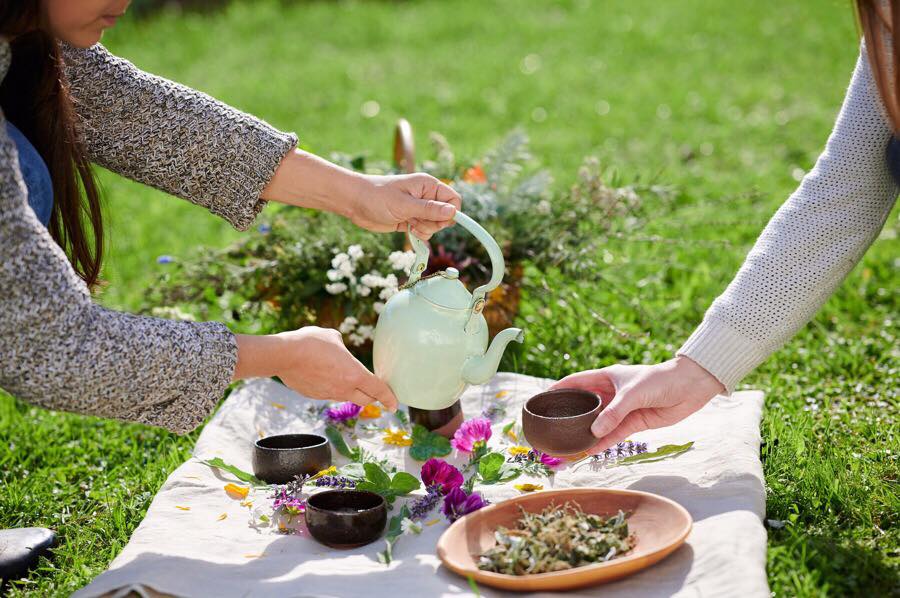
The story of the herbs has given rise to the almost traditional Herbal Festival, which takes place in the third week of June and involves vendors from the Savinja-Šalek region. The Herbal Festival concludes in Gornji Grad with a ceremony and concert.
Every year, on the third weekend of July, Gornji Grad hosts the Beekeeping Festival. Saturday morning is dedicated to younger visitors, who can participate in various workshops, theater performances, and puppet shows on the theme of bees. Children's activities culminate in a music and dance celebration. In the afternoon, activities for adults take place, followed by an evening of music and a festive atmosphere. Throughout the day, there is a wide range of offerings at numerous stalls, with the entire festival themed around honey.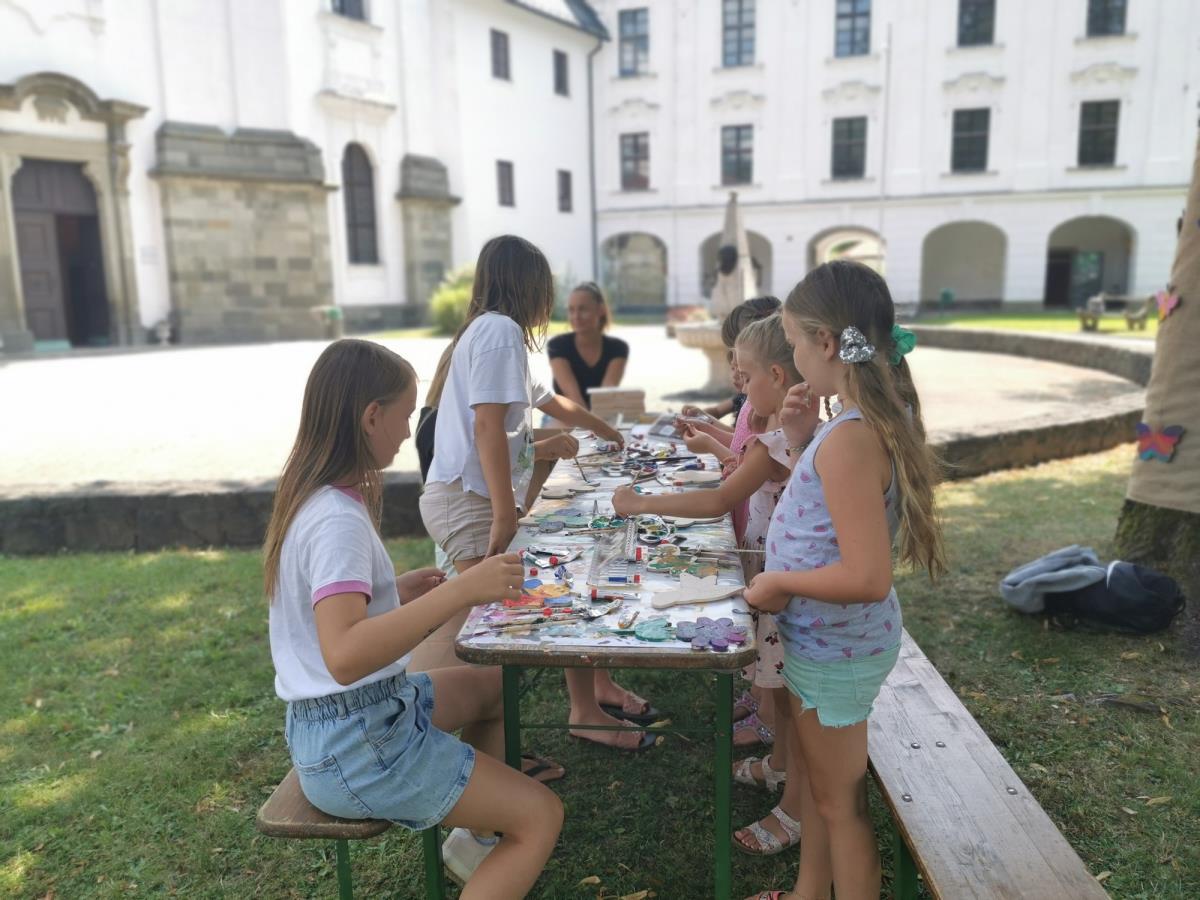
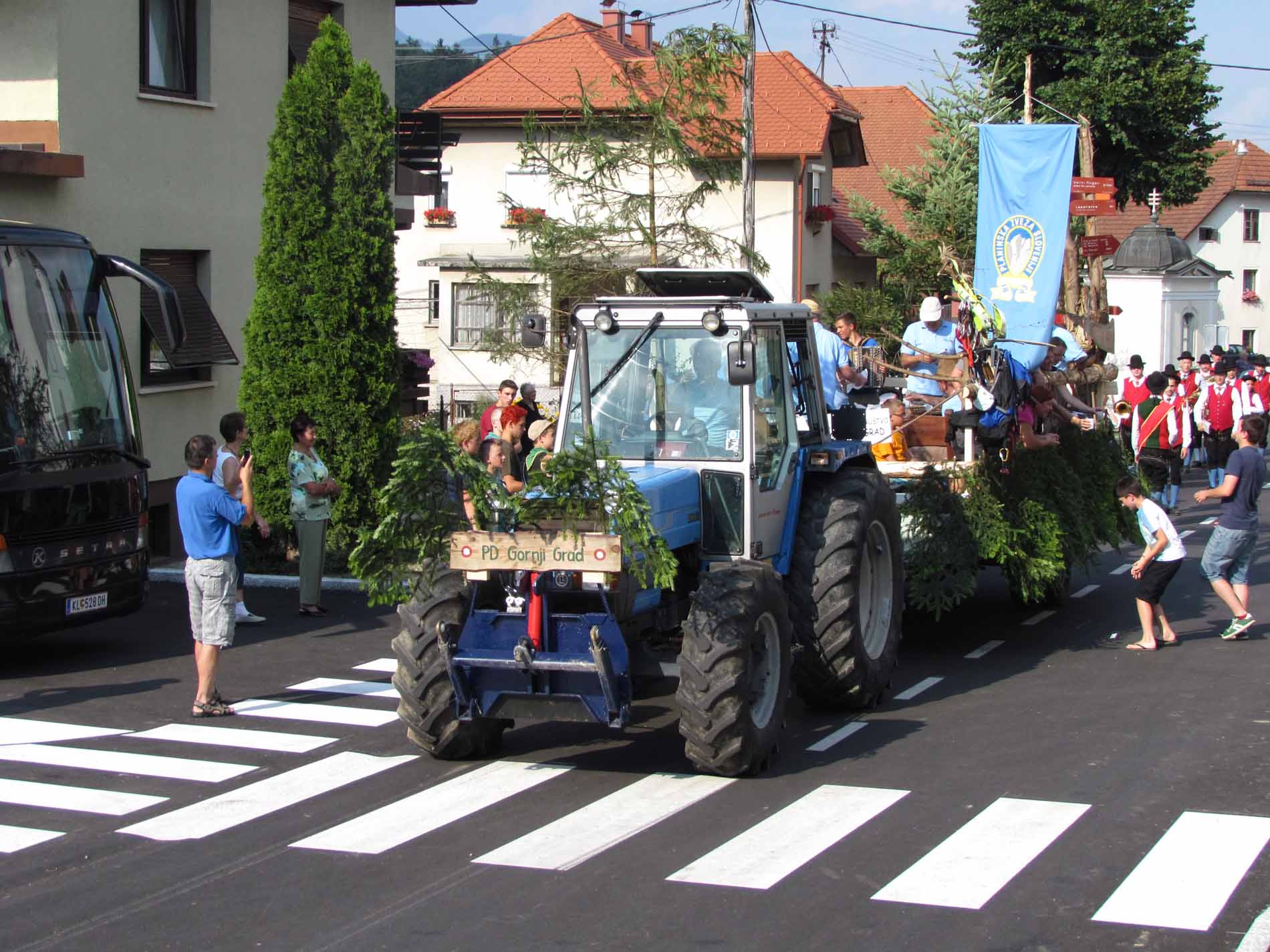
In Gornji Grad, a Benedictine monastery was founded in 1140, which operated for 333 years. Shortly after the establishment of the Ljubljana Diocese, the first bishop of Ljubljana, Žiga Lamberg, dissolved the monastery due to disagreements. In memory of the Benedictines, a long-distance pilgrimage route of St. Benedict passes through Gornji Grad today.
Gornji Grad remained the residence of the bishops of Ljubljana for a long time after the establishment of the Ljubljana Diocese in 1461, leaving a distinctive mark on the town. The imposing Gornji Grad Cathedral was commissioned by Ljubljana Prince-Bishop Ernest Attems and built in the years 1752 to 1761, characterized by the Baroque style. Many masters, craftsmen, and farmers from the Gornji Grad estate were involved in its construction. The church is 58.5 meters long, 28.6 meters wide, and 62 meters high. A noteworthy feature is the standing tomb of Christ, which is exceptionally rare. The altar paintings by renowned Baroque painters Martin Johann Schmidt-Kremserschmidt, Valentin Metzinger, and Leopold Layer also hold great value. Nine bishops of Ljubljana are buried beneath the presbytery of the cathedral. The parish center is regularly maintained and accessible.
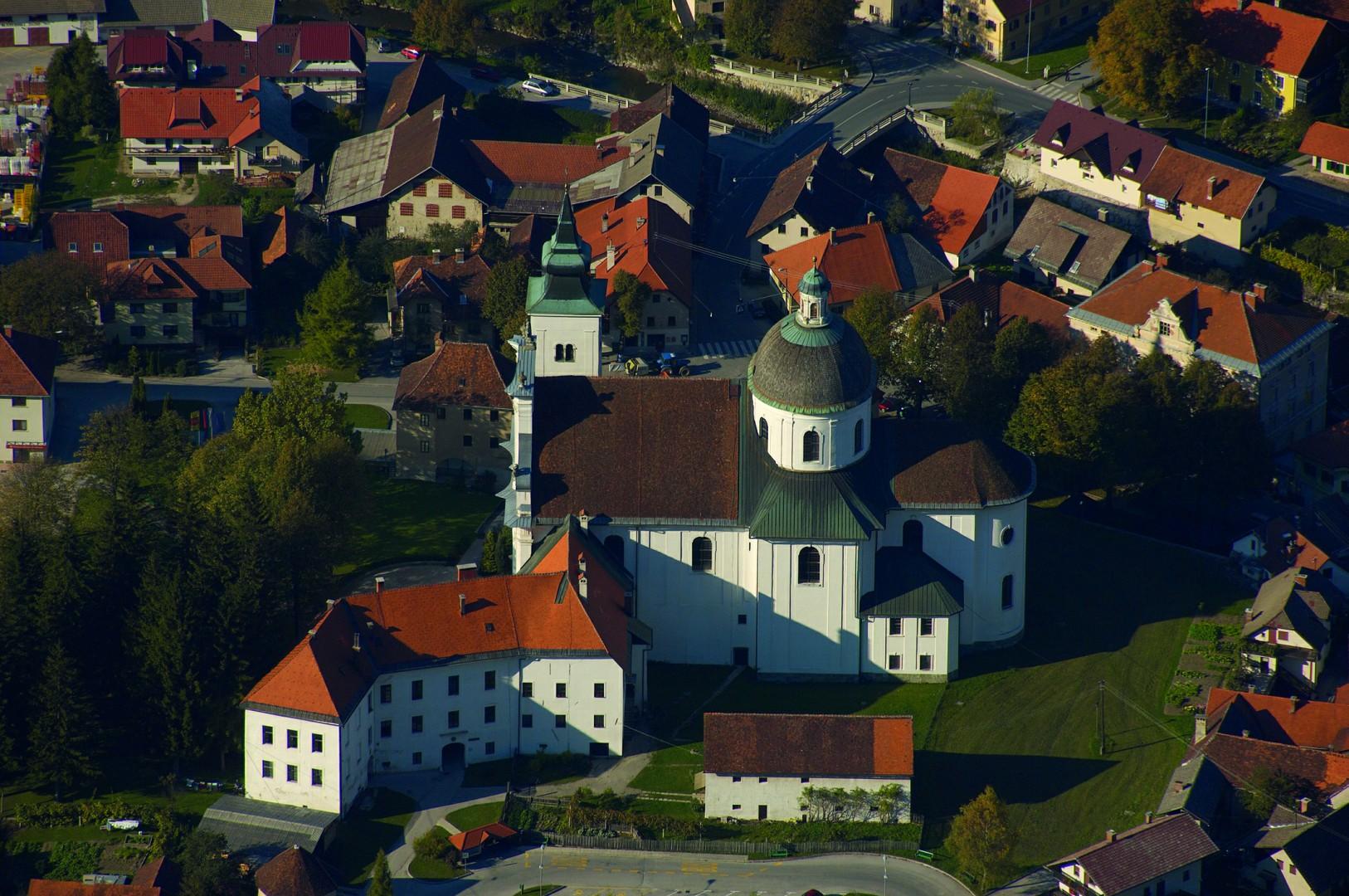
In the distinctive tower next to the bell tower of Gornji Grad Cathedral, the Štekl Museum is housed, a treasure trove of multiple museum collections that preserve ethnological and technological exhibits. The ethnological collection includes artifacts up to 400 years old from Gornji Grad and its surroundings. Carefully preserved items from the Šokatnik homestead are also on display. Among them are old looms from 1846, which have been resting since 1954. The tower was built in 1578 as a defensive and entrance tower to the fortified complex of Gornji Grad Castle. The museum also houses a collection of fossils and rocks, remnants of the Pannonian Sea that once covered the area of Gornji Grad.
The collection of Anton Jamnik (1862-1942), the "Leonardo da Vinci of Gornji Grad," is fascinating. He was not only a clockmaker, photographer, and folk designer but also invented wooden devices such as an apple peeler, microscope, and noodle-making machine. He also invented numerous musical instruments on which he played, including the flute, oprekelj, violin, harp, and harmonium. He repaired clocks in church bell towers and even crafted his own photographic equipment, including a wooden camera that was unfortunately taken by thieving Nazis in 1943. In Gornji Grad, he led a wind orchestra and other musical ensembles that performed with his instruments at events throughout the Upper Savinja Valley.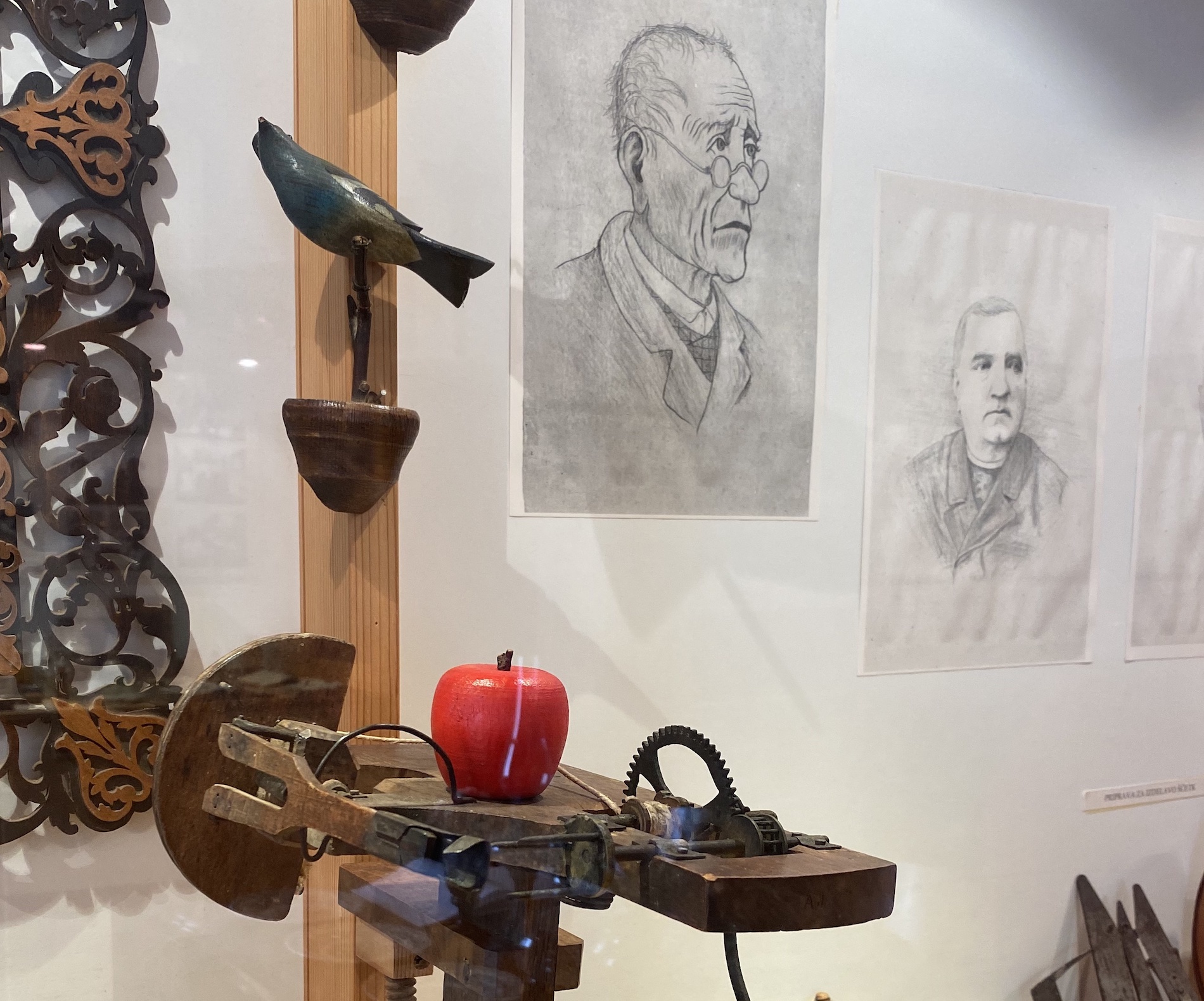
Menina Planina stretches above Gornji Grad and is among Slovenia's exceptionally interesting natural beauties. Its slopes are adorned with a rich forest reserve featuring trees over 100 years old, pastures, and karst caves. On clear days, there is a beautiful view of the Kamnik-Savinja Alps. One of the notable features is Jespa, a 30-meter-deep karst sinkhole located near the Menina Planina Lodge. The entrance to the cave is at the bottom of a deep abyss, and the path leading there is quite challenging, with snow present most of the year. A pleasant surprise for visitors is Božična Jama (Christmas Cave), where an ancient vessel and a Roman coin from the 3rd century were discovered. Visits to Božična Jama are possible with the guidance of members of the speleological club. Multiple trails lead to Menina Planina, and it is also accessible by car, all the way to the Menina Planina Lodge. During the summer months, the lodge is open every day of the week, and outside the season, it operates on Saturdays, Sundays, and holidays.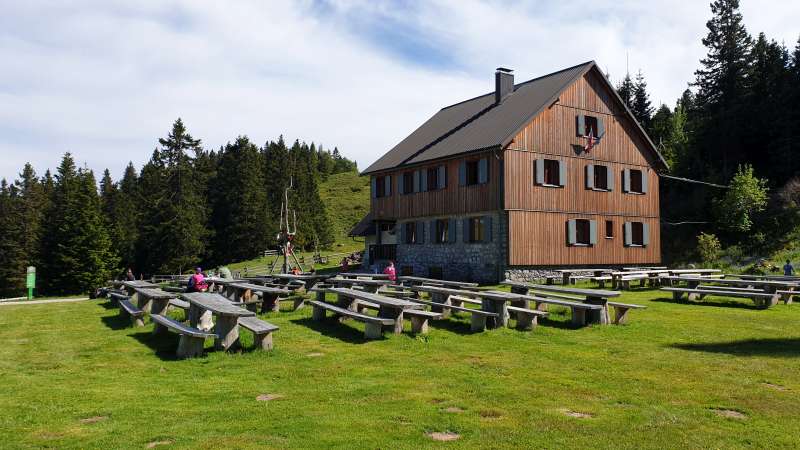
Opposite Menina Planina are Lepenatka and Veliki Rogatec, which together form the silhouette of a "sleeping monk." Behind them lies Kašna Planina, offering a splendid view of Velika Planina and numerous surrounding peaks.